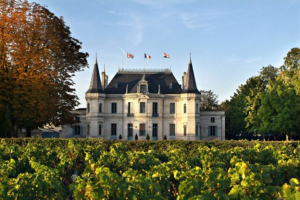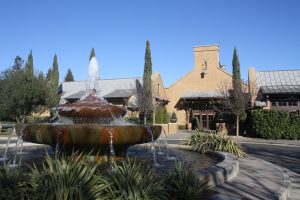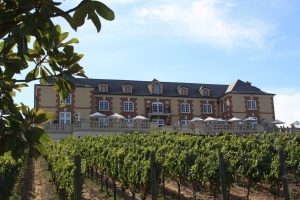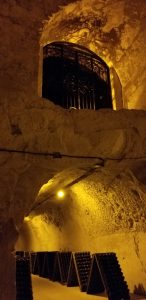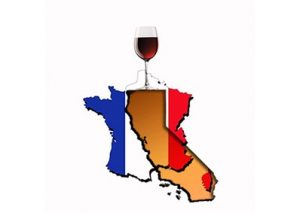If you, like us, are from the East Coast, getting to either California or France is roughly the same hassle. Once you have to get to the airport and wait for your plane, the difference between a six-hour and an eight-hour flight is not all that big a deal. However, when you get off the plane in California, you’re still in the USA. Everybody speaks your language and most things, aside from the vineyards, are just like home. You can’t say that about a trip to France.
If the only purpose of your trip is wine tasting, the overall experiences of the two sectors of Wine Country are roughly equivalent. The most famous regions – Napa/Noma, Burgundy, Paso Robles, Bordeaux, Santa Barbara, the Rhone Valley – will offer you many wines you might have heard of, if not already tasted. While California has some out-of-the-way wine producing areas, such as Temecula or Amador County, wine is made almost everywhere in France. And some of the less familiar locales, including Alsace, Beaujolais and the Languedoc, make world-class wines.
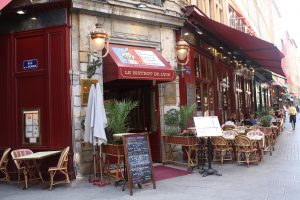 Lyon is known as the culinary capital of France.
Lyon is known as the culinary capital of France.
It’s when you want to do something other than tasting wine tasting that France excels. Yes, we love San Francisco and Los Angeles but they’re not Paris or Lyon. There are few if any California experiences that can top a stroll along the Seine or eating onion soup at a sidewalk café. Of course, it helps if you can speak French but honestly, it’s not essential. Most French people can and will speak English. They have the reputation for being arrogant and snobbish (as do New Yorkers) but we’ve never experienced any problems. (The nose in the air attitude of Parisian waiters is as much a part of the show as anything else.)
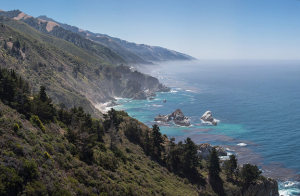 The Big Sur. Photo courtesy of Wikipedia.
The Big Sur. Photo courtesy of Wikipedia.
California and France both have attractions when it comes to natural beauty. There’s an unmistakable charm to the French countryside. The grandeur of some parts of California are matchless. The French Alps are stunning and Big Sur, Yosemite and the redwood forests are treasures. Centuries of wars have left scars across France; earthquakes and fires have done the same in California. If you’re travelling to see marvelous scenery (in addition to wine tasting, of course) both will offer you more than you can take in on any one trip.
You can get memorable meals in California. French Laundry and Spago are temples of gastronomy. But France! Yes, the French are justly famous (or infamous) for small portions of unknown ingredients with rich sauces. But there’s hardly a village in the whole country where you can’t get a perfectly roasted chicken that you’ll remember forever. We mentioned onion soup, but did we tell you about pâté? Or cheese? Or cassoulet? Or, or, or? On the other hand, if you’re in the mood for Mexican, Chinese or Japanese cuisine you’re going to do much better in California.
Altogether, it’s an individual decision as to which makes a more desirable vacation. If you feel more comfortable in familiar surroundings, choose California. If you like the exotic, France is a better choice. We’re in the latter category, but then we speak French. Either direction, you’ll taste great wines.
